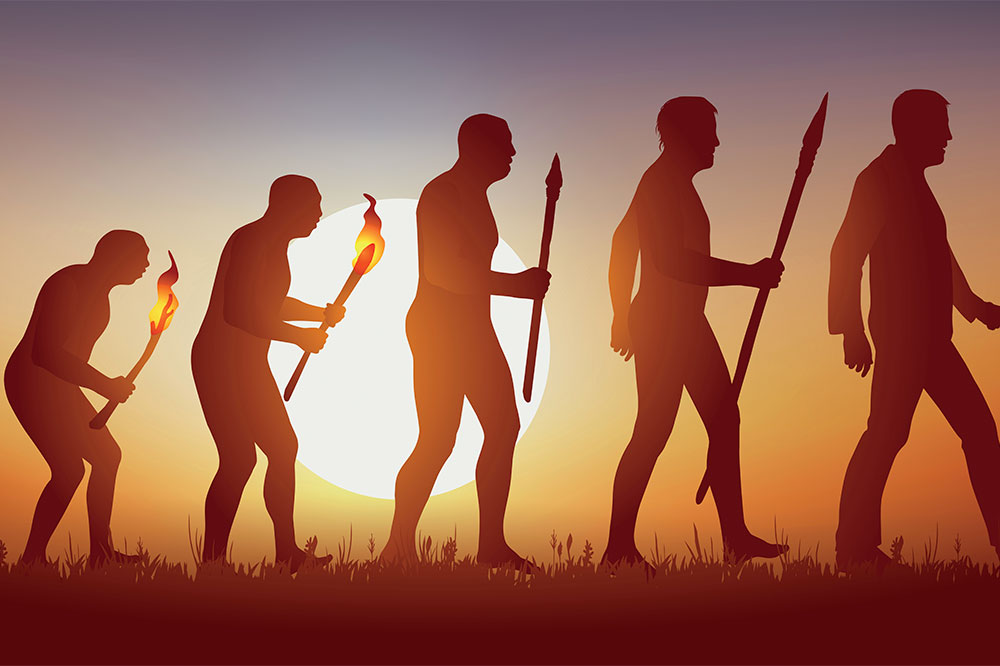The Evolution of Human Communities and Key Features
This article traces the development of human communities from primitive foraging groups to modern postindustrial societies. It highlights the primary types of societies, their characteristics, and the responsibilities of members in fostering a thriving community. Understanding these evolutions helps appreciate how societal structures adapt over time and the importance of cooperation for community longevity.
Sponsored

The Development of Human Communities and Their Main Traits
Human communities are broadly defined as groups of individuals sharing territory, culture, and interactions. A community comprises two or more individuals who connect and identify with one another. Living in a community doesn’t necessarily require political borders like countries. Both the community and its members depend on each other for growth and stability. This article explores the history of community development and its essential characteristics.
Types of Communities
Humans have always formed communities to fulfill shared needs. These societies served various functions at different points in history.
Six Forms of Human Societies
Throughout history, societies have evolved into different types based on their primary activities and needs. These include:
Foraging Societies
One of the earliest forms, these small groups relied on hunting and gathering food. Members led nomadic lives, possessing few belongings and moving frequently to find resources.
Pastoral Communities
Developed around 12,000 years ago, these groups depended on domesticated animals for food and transportation. They often migrated in search of grazing land, especially in arid regions where agriculture was limited.
Horticultural Societies
Focused on cultivating fruits, vegetables, and plants, these groups were also mobile, relocating when local resources depleted.
Agricultural Societies
Utilizing basic technology, these communities cultivated crops like rice, maize, barley, and wheat on larger tracts of land. Technological advances led to increased food production, population growth, and the establishment of towns as centers for trade, crafts, religion, and governance.
Industrial Societies
The rise of machinery and factories marked this era. Society became more stratified, with clear socio-economic divisions and increased disparities.
Postindustrial Societies
Characterized by technological innovations like computers and microchips, these societies prioritize information, knowledge, consumer goods, education, and social mobility, moving far from early primitive lifestyles.
Traits of a Community
Communities are built around their members, whose interactions form the core. Key features include diversity, interdependence, stability, dynamism, cooperation, conflict, shared culture, and social cohesion.
Member Responsibilities
For a community to thrive, members must undertake specific roles and responsibilities, such as maintaining cleanliness, paying dues for maintenance, participating in community events, resolving disputes respectfully, and adhering to rules and regulations. Such cooperation ensures long-term harmony and growth.





